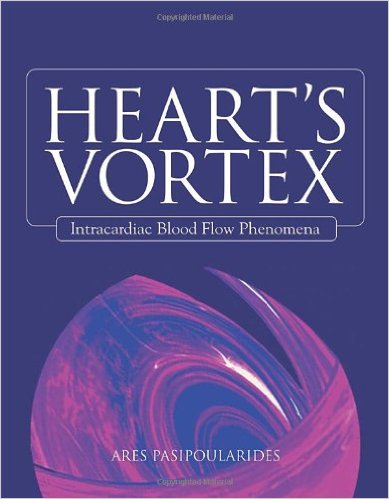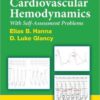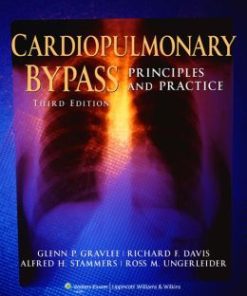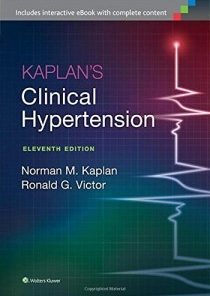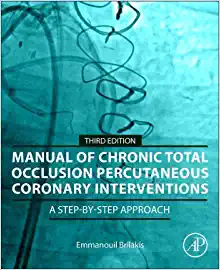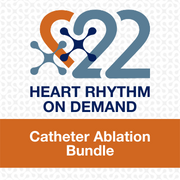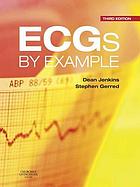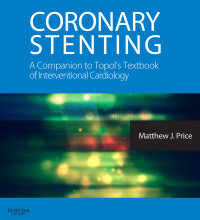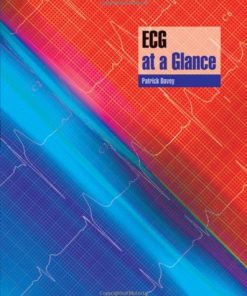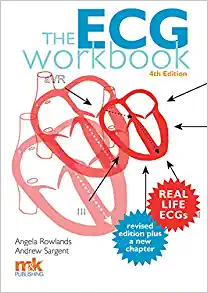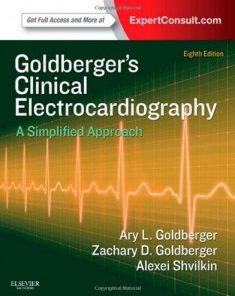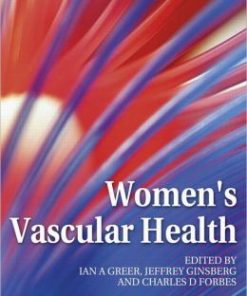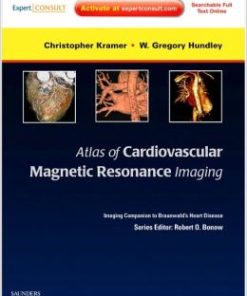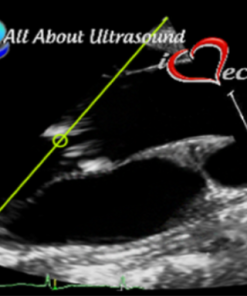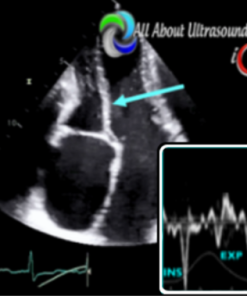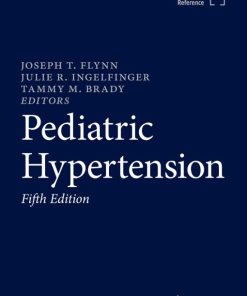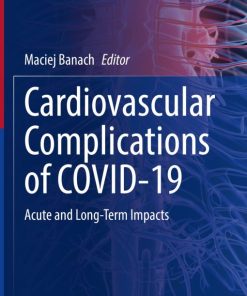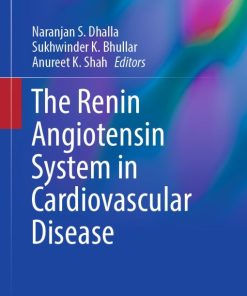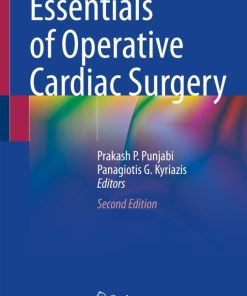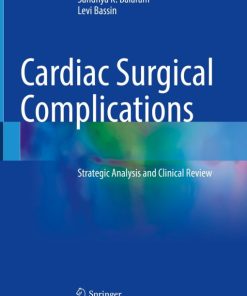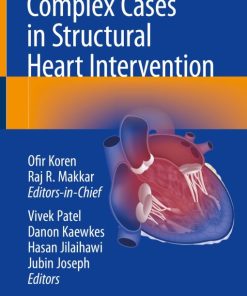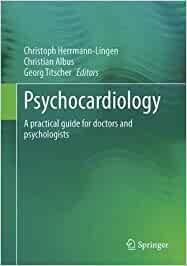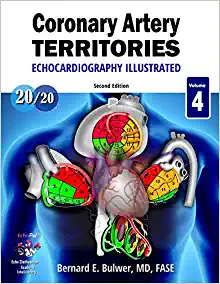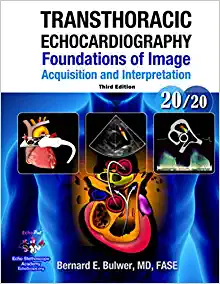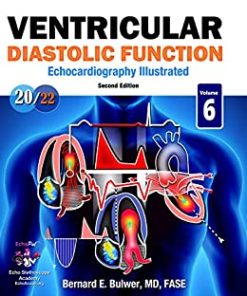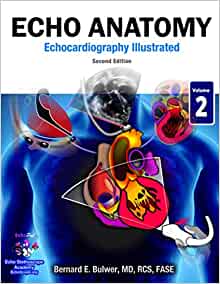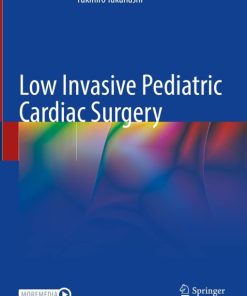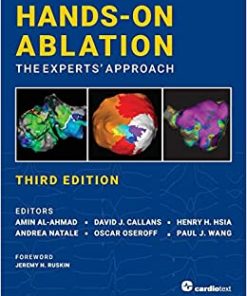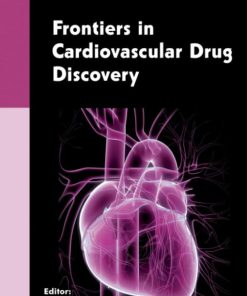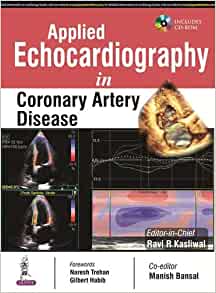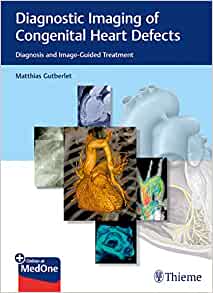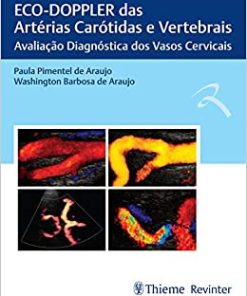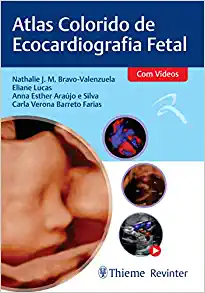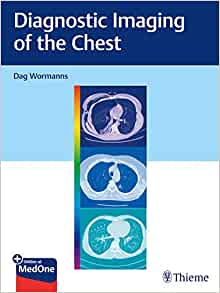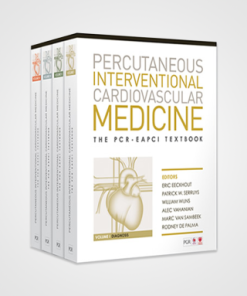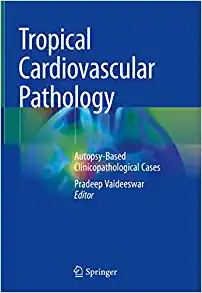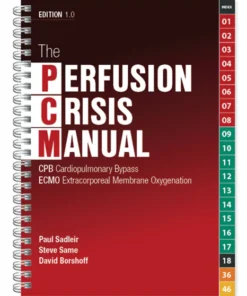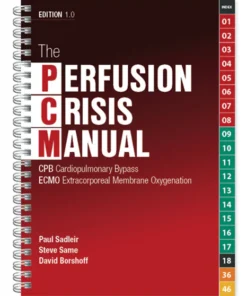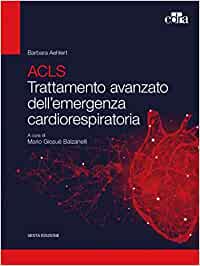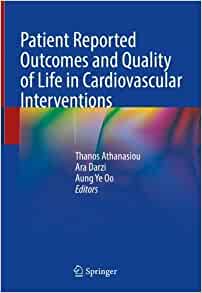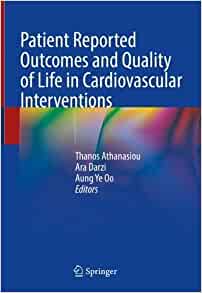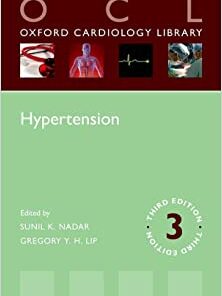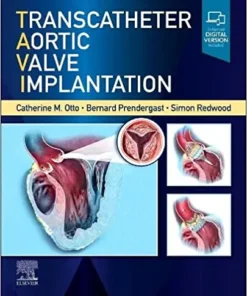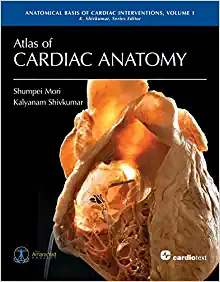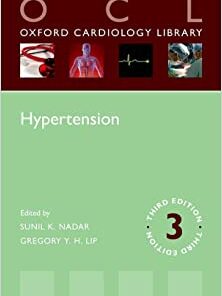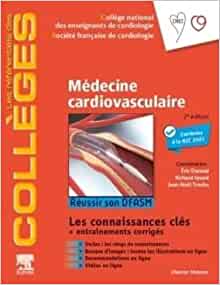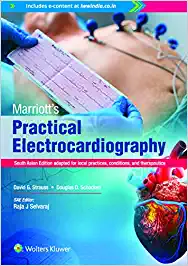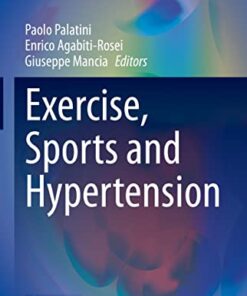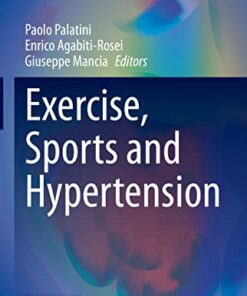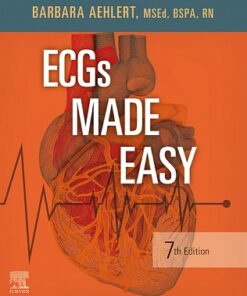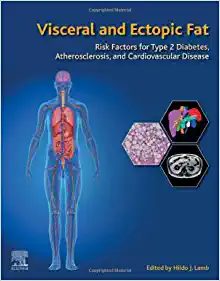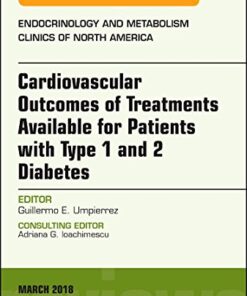- 960 pages
- Publisher: pmph usa; 1 edition (November 30, 2009)
- Language: English
- Type : PDF ORIGINAL
- ==========================+======================
-
Note : We will send ebook download link after confirmation of payment via paypal success
Payment methods: Visa or master card (Paypal)
Heart’s Vortex: Intracardiac Blood Flow Phenomena 1st Edition
$14
by Ares Pasipoularides
- Highly-illustrated content with informative, insightful figures and graphs
- Specialized focus on cardiac (patho-)physiology and intracardiac blood flow phenomena in health and disease, including interactions of intracardiac flow patterns with myocardial histoarchitectonics and cardiac morphology
- Powerful new pathophysiologic concepts using fluid dynamic reasoning and digital imaging-assisted, patient-specific computational fluid-dynamics
- Practical applications to physiological and clinical problems
- Extensive coverage of imaging and diagnostics:
- High-fidelity multisensor catheterization,
- Angiocardiographic, noninvasive imaging modalities, including:
- Conventional and 3-D real-time and “live 3-D” echocardiography and Doppler echocardiography
- CT tomographic scanning modalities, including multidetector spiral/helical dataset acquisitions
- MRI and cardiac MRA
Heart’s Vortex: Intracardiac Blood Flow Phenomena 1st Edition
This outstanding resource provides a comprehensive guide to intracardiac blood flow phenomena and cardiac hemodynamics, including the developmental history, theoretical frameworks, computational fluid dynamics, and practical applications for clinical cardiology, cardiac imaging and embryology. It is not a mere compilation of the most up-to-date scientific data and relevant concepts. Rather, it is an integrated educational means to developing pluridisciplinary background, knowledge, and understanding. Such understanding allows an appreciation of the crucial, albeit heretofore generally unappreciated, importance of intracardiac blood flow phenomena in a host of multifaceted functional and morphogenetic cardiac adaptations.
The book includes over 400 figures, which were prepared by the author and form a vital part of the pedagogy. It is organized in three parts. Part I, Fundamentals of Intracardiac Flows and Their Measurement, provides comprehensive background from many disciplines that are necessary for a deep and broad understanding and appreciation of intracardiac blood flow phenomena. Such indispensable background spans several chapters and covers necessary mathematics, a brief history of the evolution of ideas and methodological approaches that are relevant to cardiac fluid dynamics and imaging, a qualitative introduction to fluid dynamic stability theory, chapters on physics and fluid dynamics of unsteady blood flows and an intuitive introduction to various kinds of relevant vortical fluid motions. Part II, Visualization of Intracardiac Blood Flows: Methodologies, Frameworks and Insights, is devoted to pluridisciplinary approaches to the visualization of intracardiac blood flows. It encompasses chapters on 3-D real-time and “live 3-D” echocardiography and Doppler echocardiography, CT tomographic scanning modalities, including multidetector spiral/helical dataset acquisitions, MRI and cardiac MRA, including phase contrast velocity mapping (PCVM), etc. An entire chapter is devoted to the understanding of post processing exploration techniques and the display of tomographic data, including “slice-and-dice” 3-D techniques and cine-MRI. Part II also encompasses an intuitive introduction to CFD as it pertains to intracardiac blood flow simulations, followed—in separate chapters—by conceptually rich treatments of the computational fluid dynamics of ejection and of diastolic filling. An entire chapter is devoted to fluid dynamic epigenetic factors in cardiogenesis and pre- and postnatal cardiac remodeling, and another to clinical and basic science perspectives, and their implications for emerging research frontiers. Part III contains an Appendix presenting technical aspects of the method of predetermined boundary motion, “PBM,” developed at Duke University by the author and his collaborators.
Key Features:
Product Details |
Related Products
CARDIOLOGY BOOKS
Kaplan’s Clinical Hypertension (Original PDF from Publisher)
CARDIOLOGY BOOKS
CARDIOLOGY BOOKS
Comprehensive Review of Interventional Cardiology 2023 (CME VIDEOS)
CARDIOLOGY BOOKS
Drugs for the Heart, 8th Edition (Original PDF from Publisher)
CARDIOLOGY BOOKS
CARDIOLOGY BOOKS
Marriott’s Practical Electrocardiography Twelfth Edition (EPUB)
CARDIOLOGY BOOKS
CARDIOLOGY BOOKS
CARDIOLOGY BOOKS
CARDIOLOGY BOOKS
Cancer and the Heart, 2nd Edition (Original PDF from Publisher)
CARDIOLOGY BOOKS
Post-Genomic Cardiology, 2nd Edition (Original PDF from Publisher)
CARDIOLOGY BOOKS
Mastering Aortic Stenosis – AllAboutUltrasound 2022 (Complete HTML)
CARDIOLOGY BOOKS
Pediatric Hypertension, 5th Edition (Original PDF from Publisher)
CARDIOLOGY BOOKS
CARDIOLOGY BOOKS
Cardiac Surgical Complications (Original PDF from Publisher)
CARDIOLOGY BOOKS
CARDIOLOGY BOOKS
Low Invasive Pediatric Cardiac Surgery (Original PDF from Publisher)
CARDIOLOGY BOOKS
CARDIOLOGY BOOKS
CARDIOLOGY BOOKS
CARDIOLOGY BOOKS
CARDIOLOGY BOOKS
Hands-On Ablation: The Experts’ Approach, Third Edition (EPUB)
CARDIOLOGY BOOKS
Applied Echocardiography in Coronary Artery Disease (Videos Only)
CARDIOLOGY BOOKS
Atlas de Ecocardiografia Fetal (Original PDF from Publisher)
CARDIOLOGY BOOKS
CARDIOLOGY BOOKS
Guidelines for Cardiac Rehabilitation Programs, 6th Edition (EPUB3)
CARDIOLOGY BOOKS
The Perfusion Crisis Manual (The PCM) (Original PDF from Publisher)
CARDIOLOGY BOOKS
CARDIOLOGY BOOKS
CARDIOLOGY BOOKS
Hypertension, 3rd Edition (Oxford Cardiology Library) (EPUB)
CARDIOLOGY BOOKS

